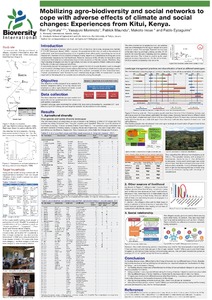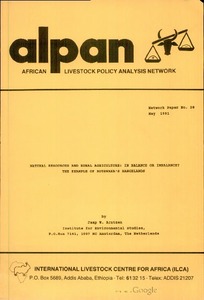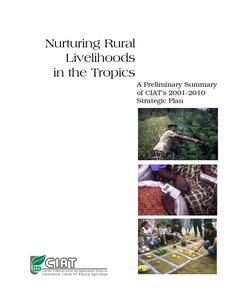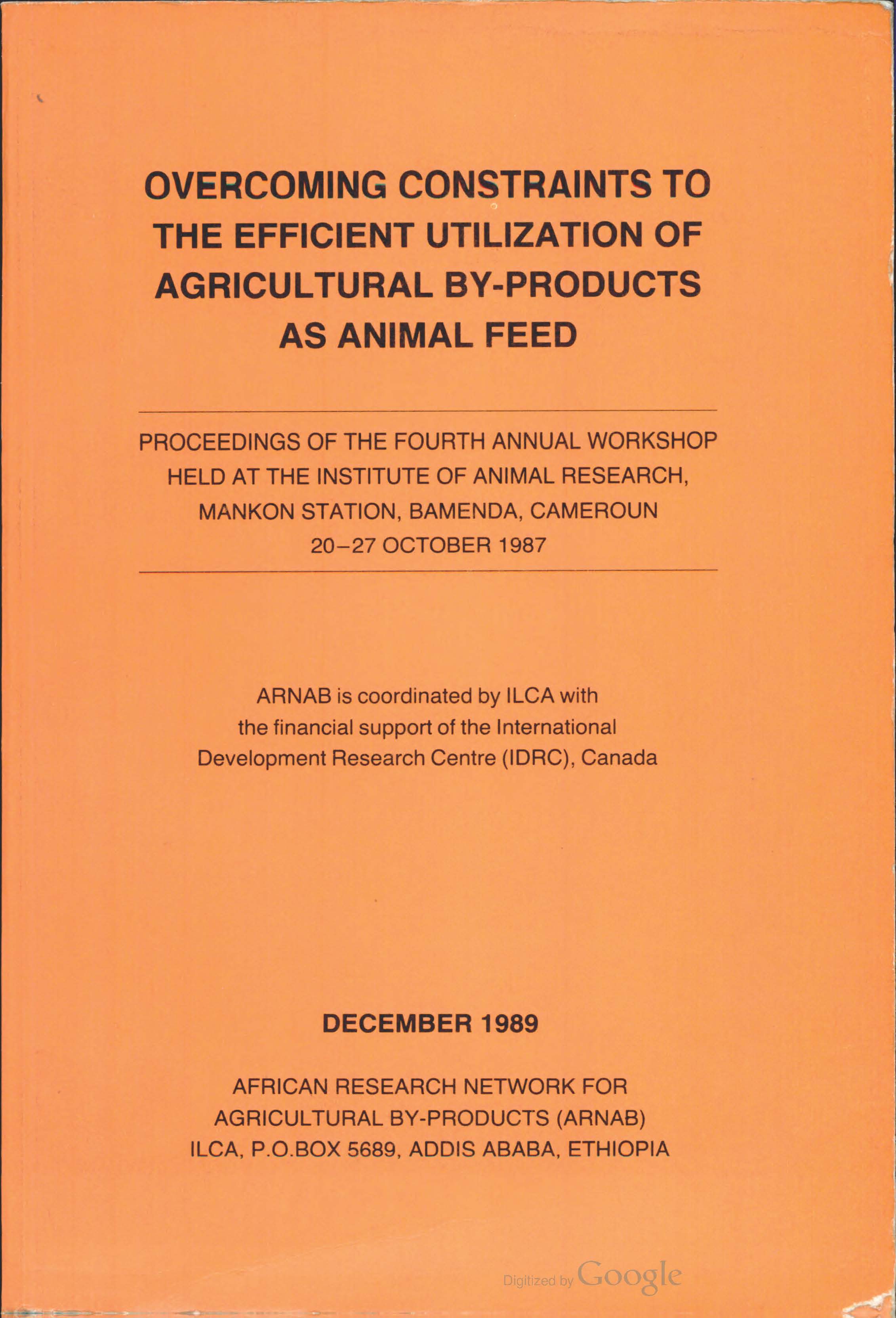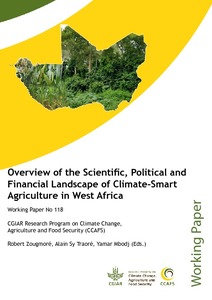Methods for the quantification of GHG emissions at the landscape level for developing countries in smallholder contexts
Landscape scale quantification enables farmers to pool resources and expertise. However, the problem remains of how to quantify these gains. This article considers current greenhouse gas (GHG) quantification methods that can be used in a landscape scale analysis in terms of relevance to areas dominated by smallholders in developing countries. In landscape scale carbon accounting frameworks, measurements are an essential element. Sampling strategies need careful design to account for all pools/fluxes and to ensure judicious use of resources.
Methods of farmer participation in research and gender analysis for technology development : Project 19 : Activity Report
Natural resources and rural agriculture: In balance or imbalance? The example of Botswana's rangelands
Assesses the effect (balance or imbalance) of the present relationships between the natural resource base and human activities; examines the role of some potentially destabilising forces, i.e, international markets, government programmes and socio-economic stratification; and reviews government's role in terms of its contributions to prudent natural resource management and options for the promotion of sustainable rural development.
Mud, muddle and models in the knowledge value chain to action on tropical peatland issues
Tropical peatlands are known not only for their high, area-based, carbon emissions in response to land-use change but also as hot spots of debate about associated data uncertainties. Perspectives are still evolving on factors underlying the variability and uncertainty. Debate includes the ways of reducing emissions through rewetting, reforestation and agroforestry.
Niger
Niger is a landlocked country in West Africa located between 11°37´ and 23°23´ north latitude and between 00°10´ and 16°00´ east longitude, with an area of 1,267,000 square kilometers. Niger shares borders with Algeria and Libya in the north, Chad in the east, Nigeria and Benin in the south, and Burkina Faso and Mali in the west. Three-fourths of Niger is cov¬ered by the Sahara Desert. The southern part of the country is in the Sahelian climate zone, with Sudan savannah vegetation.
Nitrogen management in grasslands and forage-based production systems – Role of biological nitrification inhibition (BNI)
Nitrogen (N), being the most critical and essential nutrient for plant growth, largely determines the productivity in both extensive- and intensive- grassland systems. Nitrification and denitrification processes in the soil are the primary drivers generating reactive-N: NO3-, N2O, and NO, and is largely responsible for N-loss and degradation of grasslands. Suppressing nitrification can thus facilitate the retention of soil-N to sustain long-term productivity of grasslands and forage-based production systems.
Nurturing rural livelihoods in the tropics : A preliminary summary of CIAT`s 2001-2010 strategic plan
Nutritious subsistence food systems
The major subsistence food systems of the world that feed resource?poor populations are identified and their capacity to supply essential nutrients in reasonable balance to the people dependent on them has been considered for some of these with a view to overcoming their nutrient limitations in sound agronomic and sustainable ways.
Overview of the Scientific, Political and Financial Landscape of Climate-Smart Agriculture in West Africa
The agricultural sector plays a key role in the Economic Community of West African States (ECOWAS). As the backbone of the economy, it affects society at many levels since national economies and people’s jobs, incomes and food security depend upon it. Climate change and variability pose a major threat to farmers in the region, which is already experiencing rising temperatures, shifting precipitation patterns, and increasing extreme events.




